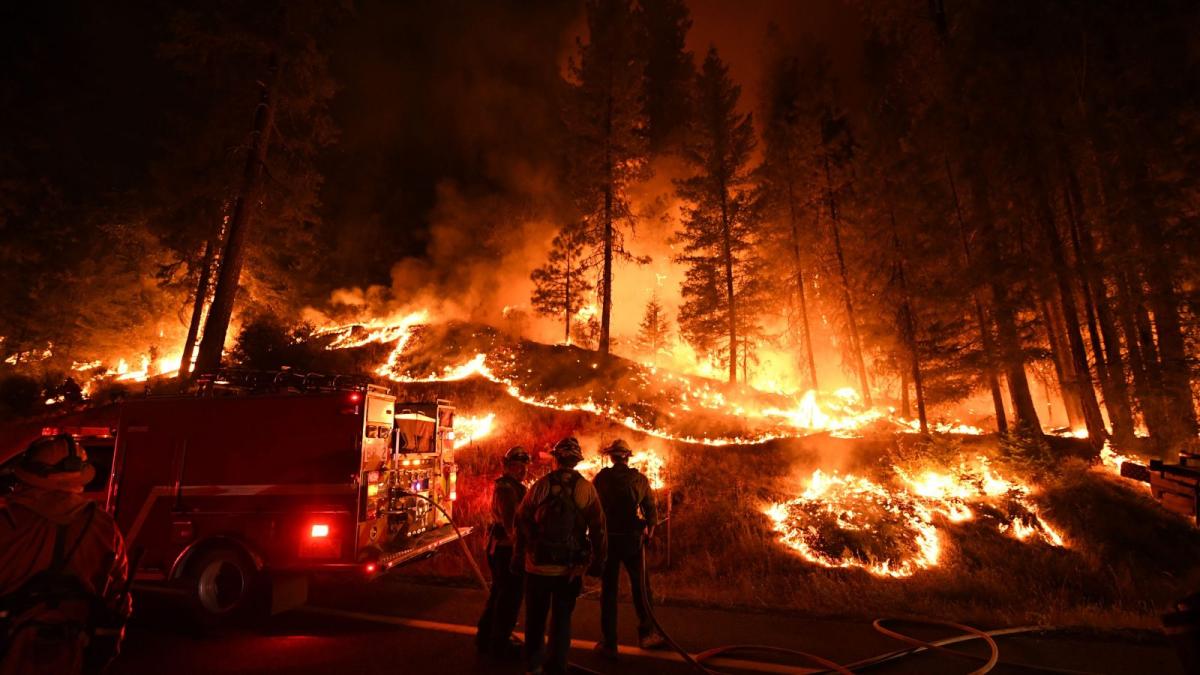This story was originally published by Mother Jones and is reproduced here as part of the Climate Desk collaboration.
Just a few months ago, climate activists in California were celebrating an impressive victory: New data showed that the state had brought greenhouse gas emissions down to 1990 levels, four years earlier than planned. The win, a cut of emissions to 429.4 million metric tons (the equivalent of taking 12 million cars off the road) was the result of steady decreases in emissions most years.
“California set the toughest emissions targets in the nation, tracked progress and delivered results,” Governor Jerry Brown tweeted. The next step was to cut emissions another 40 percent by 2030 — “a heroic and very ambitious goal.”
But by November, skies across the state were gray. Wildfires were raging, including a blaze which would prove to be the deadliest and most destructive in state history. The conflagrations have set California back: The recent Camp and Woolsey Fires, officials say, have produced emissions equivalent to roughly 5.5 million metric tons of carbon dioxide, more than three times the total decrease in emissions in 2015. Recently, the... Read more
